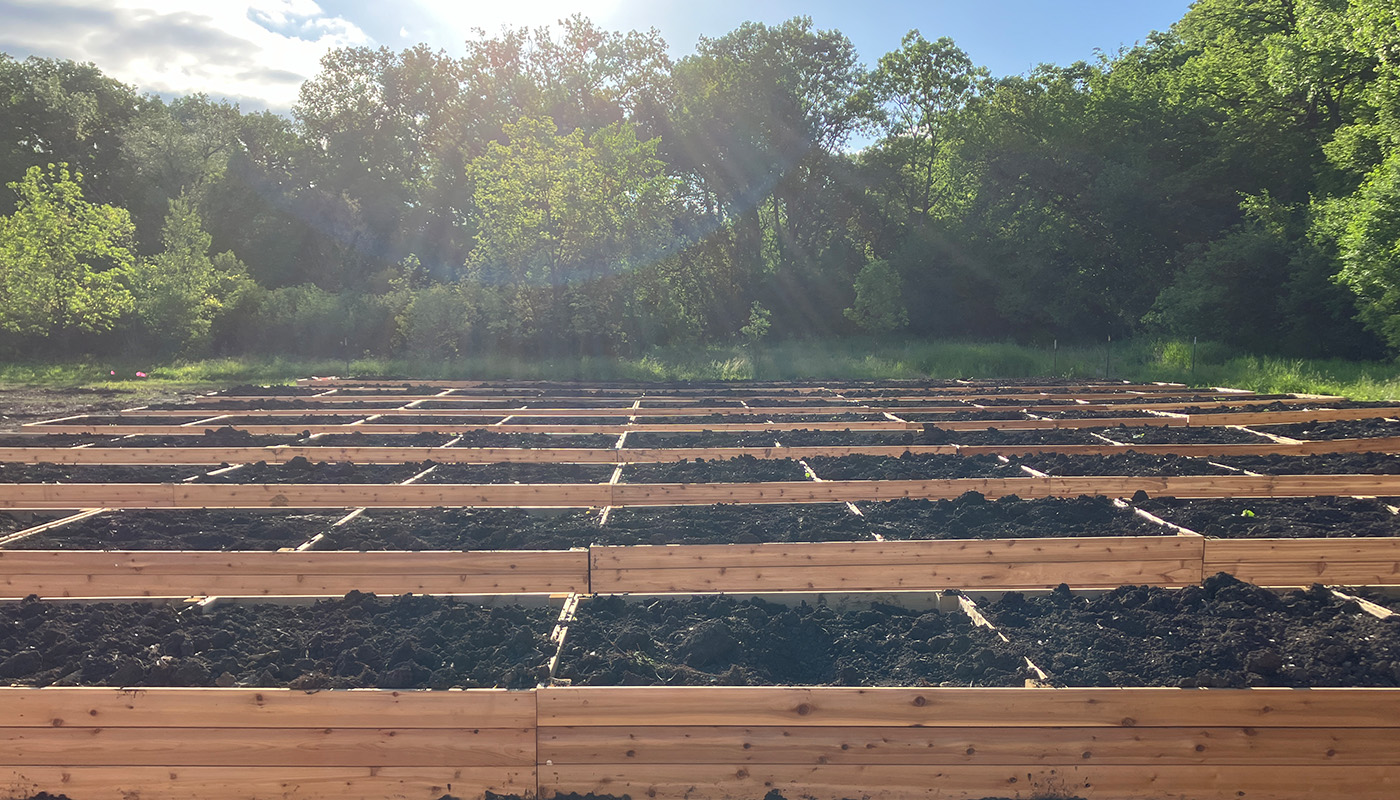Imagine trying to rebuild a house without any bricks. That’s what it’s like to restore a natural landscape without seeds. In the Forest Preserves of Cook County, native seeds are the foundation of every successful restoration project. They grow into the plants that feed pollinators, shelter wildlife and stabilize soil. They’re essential to repair the damage caused by development, invasive species and climate change at sites like Red Gate Woods and Bartel Grassland.
“You need habitat, and to create a diverse habitat, you need seeds.”
Deputy Director of Resource Management Iza Redlinski
Thanks to additional resources for ecological restoration from the 2022 referendum, the Forest Preserves and the Chicago Botanic Garden began a big plan last year to greatly expand decades-old work to collect, grow and distribute native seeds in preserves across Cook County. This spring, the Seed Amplification Program is poised to take another big step forward.
Forest Preserves staff and volunteers built 65 raised seed beds at the Salt Creek Landscape Maintenance facility in 2024 and collected 59 pounds of 65 different seed species in the field. The Preserves also provided funding to the Chicago Botanic Garden to hire a new seed amplification manager and technician to work on seedling propagation and a seed bank for the project. The Garden has partnered with the Preserves for years on native seeds and brings decades of experience in seed propagation, banking and plant genetics. Due to the work done over just the last year, more than 20 different species and nearly 14,000 plugs are being planted in additional seed beds and wild seed gardens that will further benefit our restorations at Marley Creek and Salt Creek this spring.
The program is a solution to a national problem: there simply are not enough native seeds to meet the growing need for ecosystem restoration. In conjunction with the Forest Preserves’ Seed Policy, the Seed Amplification Program expands the local supply of native seeds, reducing the need to rely on commercial suppliers whose seed origins are often unknown. The program is a five-pronged approach: wild seed collections, seed beds, wild seed gardens, large-scale grow-outs for mechanized collection and seed banking.
“The Seed Amplification Program is our initiative to produce enough seed and biodiversity of various species for our restoration projects to bring them to a higher ecological state,” Redlinski says. “We have seen that where we remove invasive species from a highly degraded landscape, not many native species are left in the seedbank and the invasive species removed can come back and start taking over an area again or be replaced by other invasive species.”
The work begins in the preserves, where trained volunteers and staff collect seeds from plants growing in prairies, savannas, woodlands and wetlands. With nearly 50 different natural communities and over 1,200 native plant species in the Forest Preserves, it’s a big job.
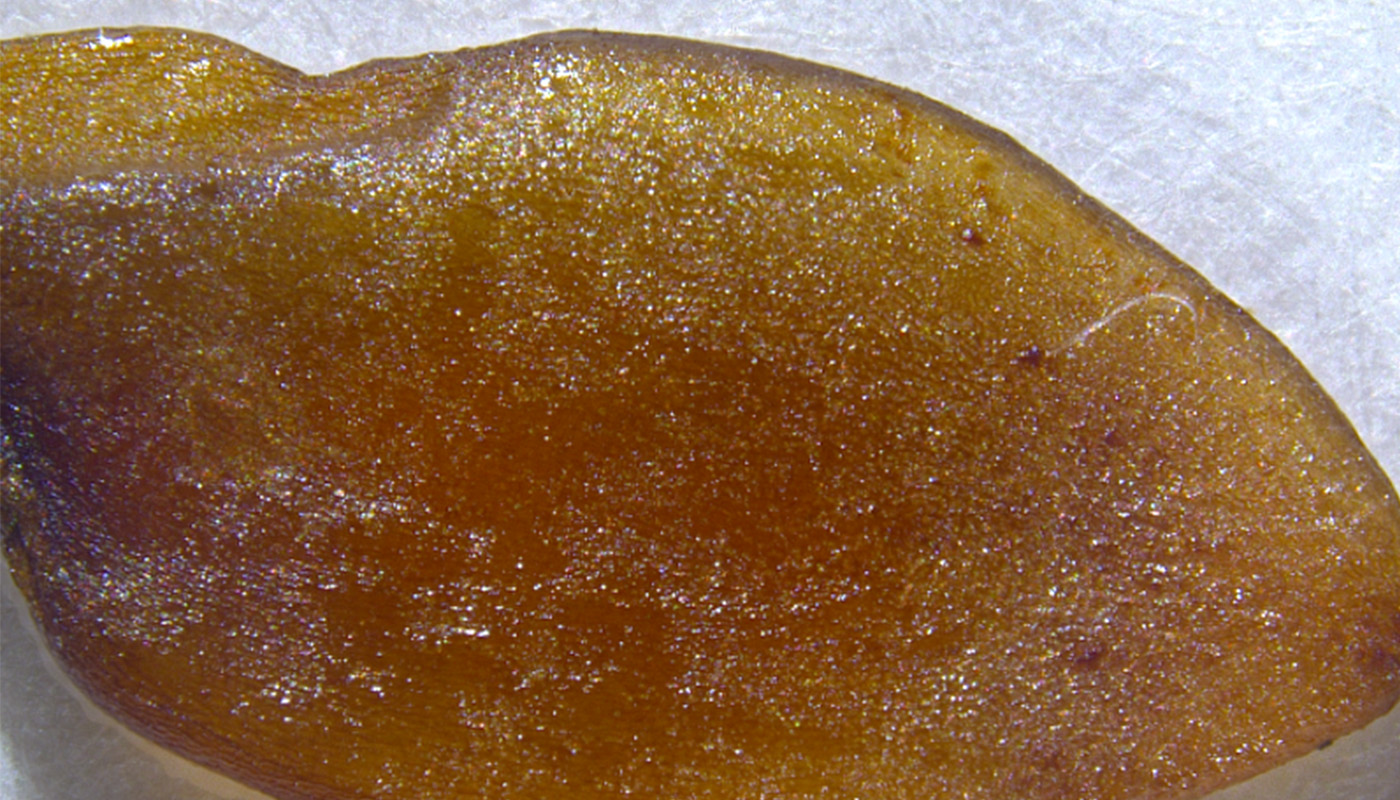
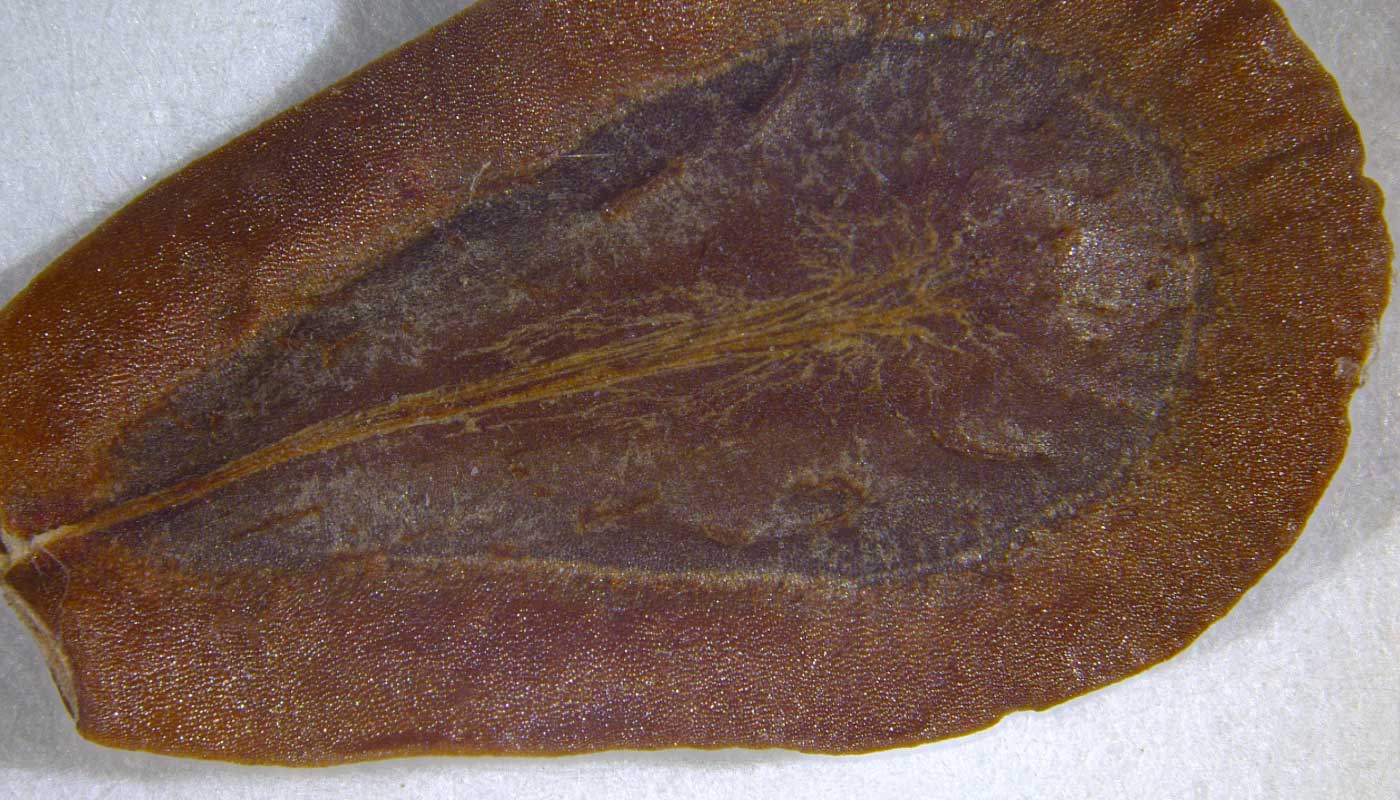
It’s estimated that over the last 40 years, volunteers have collected 111 tons of seeds, or the weight of about 18 African elephants.
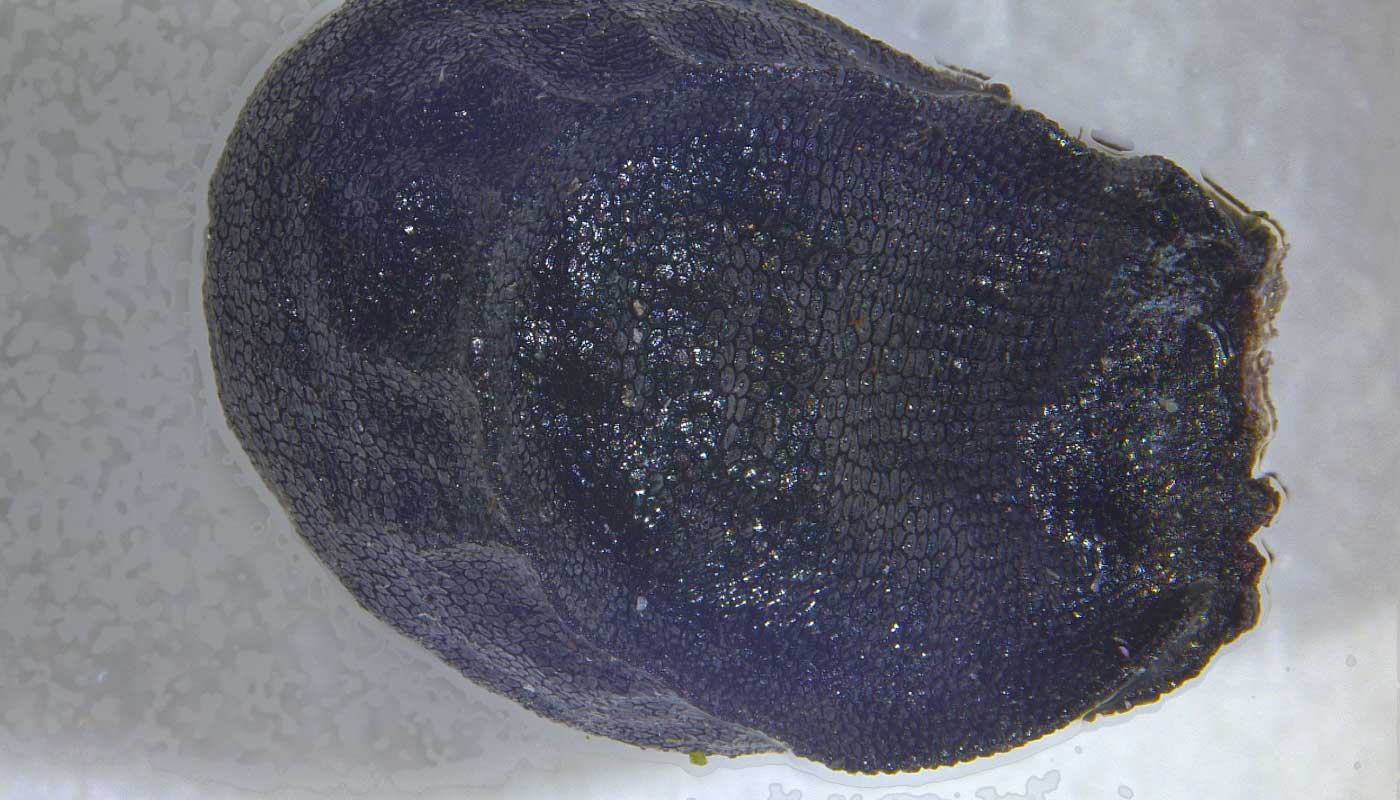
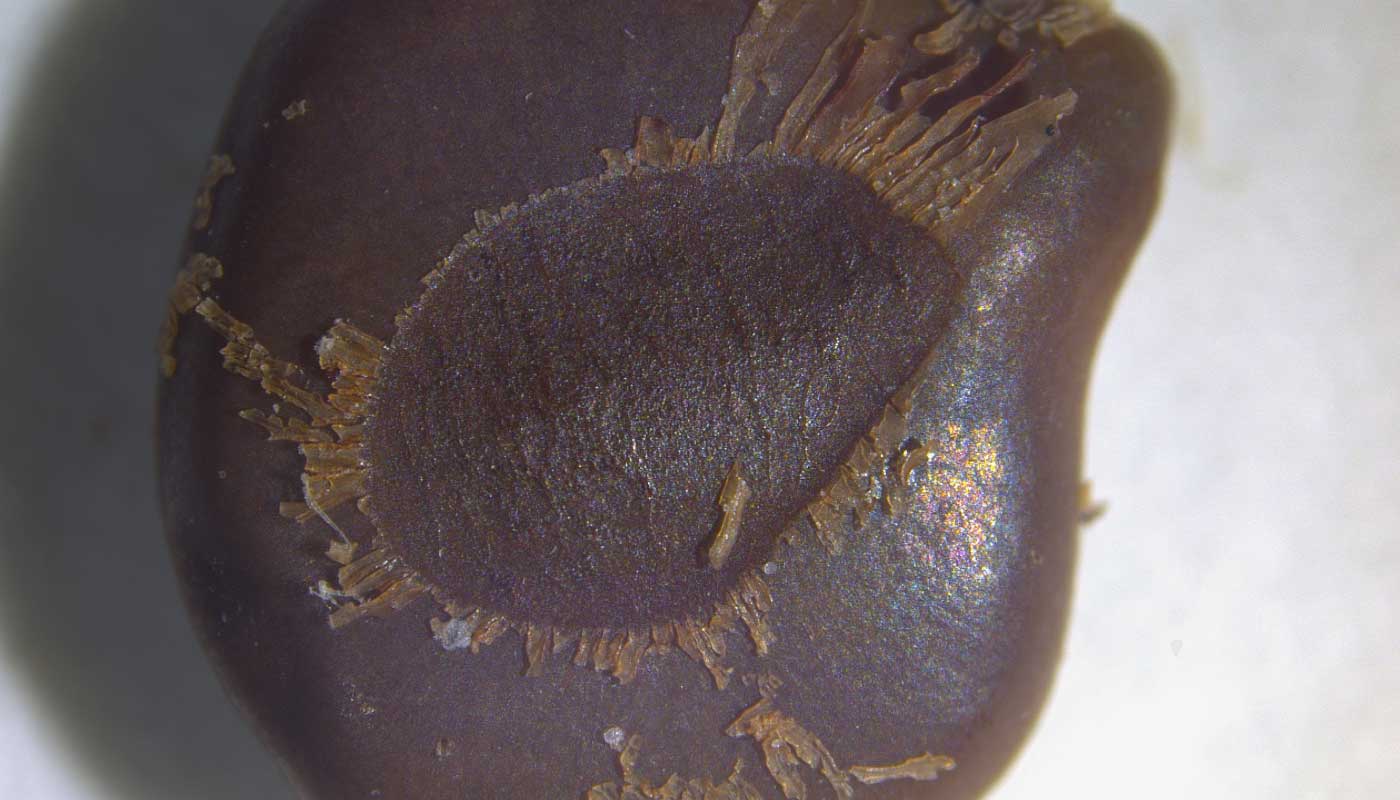
“Volunteers have been the main engine for collecting seeds,” Redlinski says. “Now we’re building on their experience, we’re learning from them and we’re able to go through high volumes of seed because of their dedication.”
Collection is done with care. It typically takes place when the ground is dry, and only 30 percent of mature seeds are taken and only from areas that have at least 50 individual plants of the species. Their dedication and attention to detail ensure that the seed stock is diverse, high-quality and ready for planting without impacting the wild population. Once collected, seeds are cleaned and tested, and either banked, spread at sites that need a biodiversity boost or planted in special gardens and beds to grow even more seeds.
The Garden helps grow challenging species like American slough grass (Beckmannia syzigachne) and shooting star (Dodecatheon meadia) from seed collected on Forest Preserves land. The Garden also stores some of that seed in its seed bank (a freezer with carefully curated seed packets kept at four below zero) and has produced around 14,000 plugs each year for the Forest Preserves over the last five years.
Molly Marz, the project’s seed amplification program manager, works with volunteer groups to ensure specific preserves have enough support, she talks with ecologists to determine which seeds are being collected and she is always thinking big picture. “It’s been intense,” says Marz. “It’s gone really fast, but I think we’re really proud of the work that we’ve been able to do.”
In 2025, the program is ramping up with new seed beds, wild seed gardens and improved seed storage infrastructure. These efforts are laying the groundwork for the Forest Preserves to meet ambitious 2030 goals: producing and collecting more than 2,000 pounds of seed annually, expanding to five times more seed beds and maintaining a fully functional greenhouse.
“Everyone has seen how hopeful seeds are and the opportunities that having them available presents,” said Chicago Botanic Garden Senior Director of Restoration Andrea Kramer.
The Forest Preserves’ Next Century Conservation Plan envisions restored landscapes, greater biodiversity and more people connecting with nature. The Seed Amplification Program is a cornerstone of that vision. By investing in native seeds now, the Forest Preserves is laying the foundation for healthy ecosystems that will support generations to come.
“The program germinated in 2023 and it sprouted in 2024,” says Redlinski. “In 2025, it’s truly going to bloom.”

